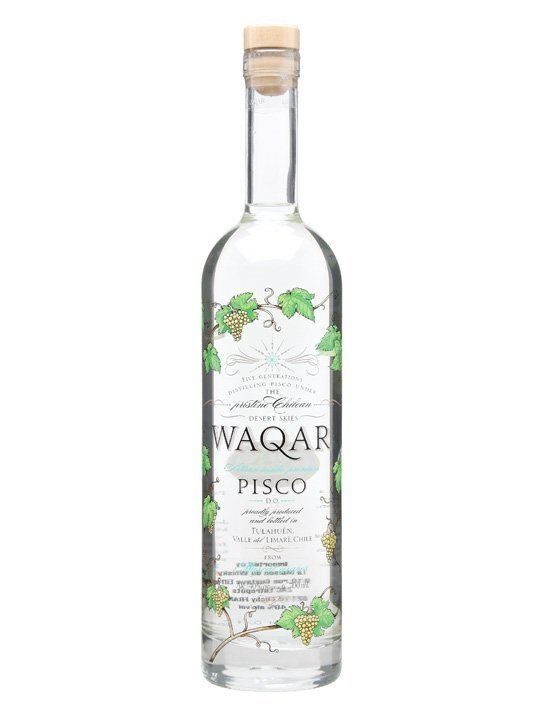 | ||
Similar Sour, Peruvian Pisco, Ceviche, Cachaça, Mezcal | ||
How to make the pisco sour best drink recipes
Pisco is a colorless or yellowish-to-amber colored brandy produced in winemaking regions of Peru and Chile. Made by distilling fermented grape juice into a high-proof spirit, it was developed by 16th century Spanish settlers as an alternative to orujo, a pomace brandy that was being imported from Spain. It had the advantages of being produced from abundant domestically grown fruit and reducing the volume of alcoholic beverages transported to remote locations.
Contents
- How to make the pisco sour best drink recipes
- How to make a classic pisco sour peruvian food drink
- Etymology
- Early aguardientes
- Recession of Peruvian pisco
- Peru
- Peruvian pisco
- Chilean pisco
- Ecological concerns
- Appellation of origin
- Cocktails
- Mixed drinks
- Consumption
- References
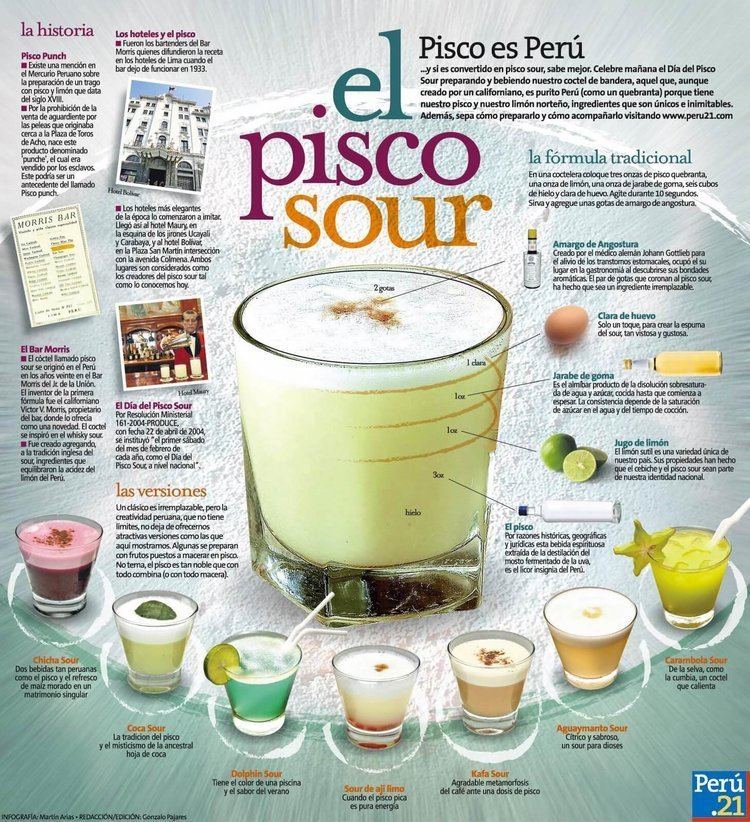
Annual pisco production in 2013 reached 30 million litres in Chile and 9.5 million litres in Peru.
How to make a classic pisco sour peruvian food drink
Etymology
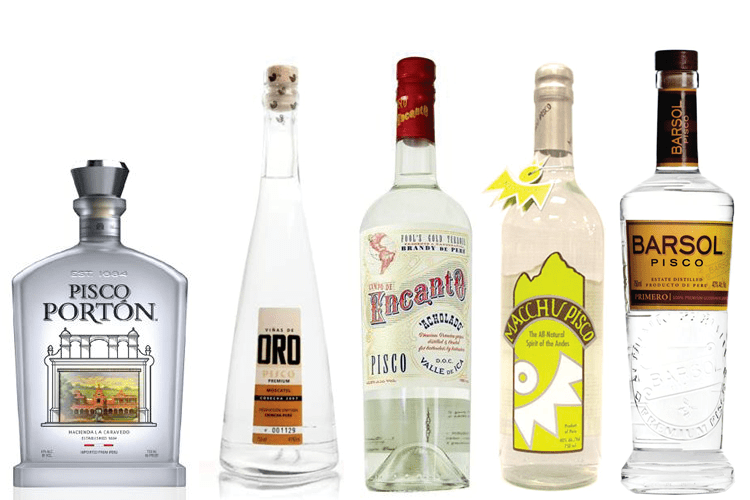
The oldest use of the word pisco to denote Peruvian aguardiente dates from 1764. However, there are several, often nationalist theories about the origin of the word pisco. Pisco may have received its Quechua name from the Peruvian town of Pisco – once an important colonial port for the exportation of viticultural products – located on the coast of Peru in the valley of Pisco, by the river with the same name. Chilean linguist Rodolfo Lenz claimed that the word pisco was used all along the Pacific coast of the Americas from Arauco to Guatemala and that the word would be of Quechua origin meaning "bird".
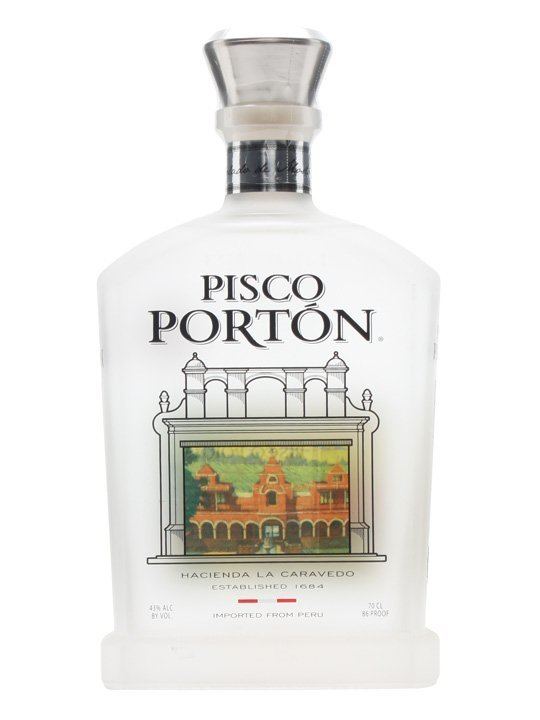
This claim is disputed by Chilean linguist Mario Ferreccio Podesta who supports the former Real Academia Española etymology that said that pisco was originally a word for a mud container. However, the Real Academia Española actually supports the Lenz theory and underlines the Quechua origin.
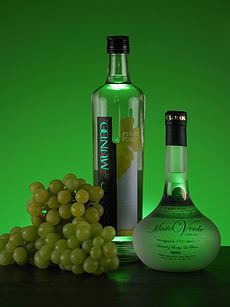
Other origins for the word pisco have been explored, including a Mapudungun etymology where "pishku" has been interpreted as "something boiled in a pot," which would in this hypothesis relate to the concept of burned wine (Spanish: vino quemado).
The term influenced the Mexican Spanish use of the slang term pisto to denote distilled spirits generally.
Early aguardientes
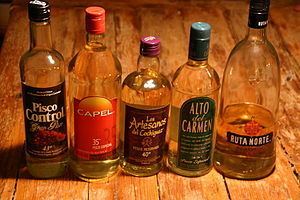
Unlike the land in most of the Viceroyalty of New Spain, where only very few vineyards were established (mostly for the production of sacramental wine), some locations in the Viceroyalty of Peru—what is today Peru, Bolivia and Chile—were quite suitable for growing grape vines. By 1560 Peru was already producing wine for commerce; over time, a significant wine industry arose in the region. It grew sufficiently strong and threatening to the Spanish mercantilist policies that in 1595 the Spanish Crown banned the establishment of new vineyards in the Americas to protect the exports of its native wine industry; however, this order was largely ignored. As further protectionist measures, the Crown forbade exportation of Peruvian wine to Panama in 1614 and Guatemala in 1615.
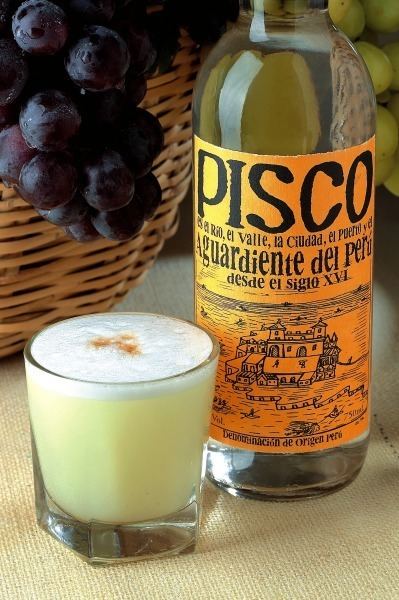
Distillation of the wine into pisco began in earnest around the turn of the 17th century, perhaps in response to these pressures. Until the early 18th century, however, most aguardiente was still primarily used to fortify wine, in order to prevent its oxidation, rather than drunk on its own. This method of conservation corresponds with fortified wines that were shipped to Italy and Spain from other parts of the world (e.g. wines from Madeira and Marsala).
In the 17th century production and consumption of wine and pisco were stimulated by the mining activities in Potosí, by then the largest city in the New World.
Recession of Peruvian pisco
The entire southern coast of Peru was struck by the 1687 Peru earthquake, which destroyed the cities of Villa de Pisco and Ica. Wine cellars in the affected area collapsed and mud containers broke, causing the nation's wine-growing industry to collapse.
Still, in the early 18th century wine production in Peru exceeded that of pisco. By 1764, pisco production dwarfed that of wine, representing 90% of the grape beverages prepared. With the suppression of the Society of Jesus in Spanish America, Jesuit vineyards were auctioned off, and new owners typically did not have the same expertise as the Jesuits – leading to a production decline.
In the late 18th century the Spanish Crown allowed the production of rum in Peru, which was cheaper and of lower quality than pisco.
Peru
In the 19th century demand for cotton in industrialized Europe caused many Peruvian winegrowers to shift away from vineyards to more lucrative cotton planting, contributing further to the decline of wine production and the pisco industry which depended on it. This was particularly true during the time of the American Civil War (1861–1865) when the cotton prices skyrocketed due to the Blockade of the South and its cotton fields.
Pisco was also popular in San Francisco and nearby areas of California during the Gold Rush in the late 1800s and early 1900s.
Peruvian pisco
Peruvian Pisco must be made in the country’s five official D.O. (Denomination of Origin) departments—Lima, Ica, Arequipa, Moquegua and Tacna (only in the valleys of Locumba Locumba, Sama and Caplina)— established in 1991 by the government.
In Peru, pisco is produced only using copper pot stills, like single malt Scotch whiskies, rather than continuous stills like most vodkas. Unlike the Chilean variety, Peruvian pisco is never diluted after it is distilled and enters the bottle directly at its distillation strength. For the production of a regular Peruvian Pisco bottle is required 8 kilograms of grapes and for the production of a Mosto Verde variety is necessary 12 kilograms of grape
Many types of grapes were used to produce pisco, leading to a wide variation in flavor, aroma, viscosity and appearance of the liquor. This harmed attempts to export the product under a single denomination, resulting in numerous regulations setting a baseline for a product to carry the name. Four distinct types of pisco were thus designated:
Some other specific restrictions of note are:
Peru currently exports three times more Pisco than Chile. Peruvian Pisco won over 20 gold medals and was named the best liquor of the world in the Concours Mondial de Bruxelles 2011.
Chilean pisco
Chilean Pisco must be made in the country’s two official D.O. (Denomination of Origin) regions—Atacama and Coquimbo—established in 1931 by the government. Most of it is produced with a "boutique" type of distillate made by the Aguirre family among other producers. Others types are produced with double distillation in copper and other materials.
During the adaptation of many vineyards to pisco production, the most widespread grape was used as raw material, namely the Muscat, with some vineyards preferring the Torontel and Pedro Jiménez varieties. As is the case with Peru, regulations for pisco designations have been enacted in Chile, including the following classifications:
Regulation for pisco producing in Chile is quite high. Chilean distilleries are required to grow their own grapes and are grouped into two categories based in aromatic expressiveness: Muscat types (Pink Muscat, Muscat of Alexandria) are very fragrant, while Pedro Jiménez, Moscatel de Asturia and Torontel are more subtle.
The Special and Reserve variations are very similar in flavor and color, both being subtly sweet and of a clear birch to transparent color. The flavor is much stronger than regular pisco with aromatic refreshing tones.
Ecological concerns
Chile has taken steps to have a clean and environmentally friendly production of pisco. In order to crack down on pollution, and to increase competitiveness, the National Council for Clean Production agreed with the pisco producers and pisco grape agronomists, to collaborate, signing an Agreement of Clean Production (APL). Capel, by itself invested more than CL$ 800 million.
Peru's production of Pisco remains artisanal and do not alter the physical, chemical or organic properties before bottling. The pisco must be bottled directly after aging, without alteration or adding any product which could alter the odor, flavor or appearance.
Appellation of origin
The right to use an appellation of origin for pisco is hotly contested between Peru and Chile. Peru claims the exclusive right. In 2013, Pisco has been recognized as a Peruvian geographical indication by European Union, without prejudice to the use of the name "Pisco" for products originating in Chile protected under the Association Agreement between the Union and Chile of 2002. However, various large-market countries (e.g., the United States, France, Italy, Mexico, Canada, Australia, etc.) allow products of Peru and Chile to be identified as "Pisco".
Peru argues the word "pisco" has a close relationship with the geographical area where it is produced, as Champagne in France, and thus should be used only by the liquor produced in Peru..
It claims pisco was developed in its territory, citing many historical and etymological sources:
Chile, however, regards the term "pisco" as generic, and it argues the spirit is simply a type of alcoholic beverage made from grapes (as in the case of whisky and vodka). It cites the name being used to designate a similar grape brandy produced in both countries and maintains two regions of Chile, Atacama and Coquimbo, are legally bound to use the term.
Cocktails
Some of the most popular cocktails with pisco include:
Mixed drinks
Some examples of mixed drinks with pisco include:
Consumption
Per capita consumption of pisco in Chile is 3 litres per year, of which an average of 18% is spent on premium piscos. Peruvian annual per capita consumption was reported in 2008 as 0.5 litres and growing (at the expense of market shares for rum and whisky, although whisky remains the most popular spirit in Peru). Recent reports mention also an increase per year on 3,5 millions of liters produced for Peruvian market.
The top importer of Peruvian Pisco is the US, with an estimated import value of US$2 million in 2012. Chile is the second highest importer, with an estimated import value of US$449,000.
